Cement plants are at the heart of the materials industry, producing millions of tonnes of cement every year for the construction sector. But behind this massive production lies a complex reality: these infrastructures have to operate continuously, often 24/7, in extreme environments marked by dust, heat and gigantic installations. Regular maintenance is therefore vital. An unforeseen stoppage, even lasting a few hours, can lead to considerable financial losses and disrupt the entire production chain.
Traditionally, inspections have relied on heavy human and material resources, such as rope access technicians, scaffolding and aerial work platforms. Today, thanks to technological advances, inspection drones like Multinnov'sStereo2 are turning the situation on its head. Faster, safer and more precise, they enable manufacturers to combine safety, efficiency and savings.
The challenges of cement plant maintenance
Massive and complex infrastructures
A cement plant comprises a multitude of strategic equipment: storage silos, mills, chimneys, rotary kilns, cyclones, preheating towers... Each of these elements, often located at height or difficult to access, is exposed to considerable wear and tear. Abrasive dust, high temperatures and constant vibration accentuate the risk of damage.
The importance of proactive maintenance
In such a context, maintenance is not simply a regulatory imperative: it's a factor of economic survival.
- An unexpected rotary kiln stoppage can bring production to a standstill for several days.
- A cracked or weakened silo puts teams and surrounding infrastructure at risk.
- A clogged or damaged cyclone considerably reduces the energy efficiency of the process.
Regular inspections enable us to anticipate faults, plan interventions and ensure the safety of our installations. But they also entail severe constraints: partial immobilization of installations, exposure of technicians to risks of falling, heat or dust inhalation.
Drones: a new approach to safe inspection
Access everywhere, without heavy equipment
Inspection drones represent a revolutionary alternative to traditional methods. Where scaffolding had to be erected or rope access mobilized, a drone can soar into the air in a matter of minutes to capture high-resolution images. High areas (silos, chimneys, frames) as well as confined spaces (cyclones, mills, ducts) become accessible quickly and without major business interruption.
Enhanced safety for operators
One of the main benefits is to reduce human exposure to risks. Operators no longer need to work in hazardous environments, subject to extreme heat or abrasive dust. From the ground or a control room, they can pilot the drone and analyze data in real time.
Faster, more precise inspections
Drones like Multinnov'sStereo2 incorporate advanced sensors for high-precision visual inspection. 4K cameras, stabilization systems, integrated lighting and on-board intelligence enable fine detection of cracks, deposits or deformations. The data collected is immediately usable, enabling fast, efficient decision-making.
The concrete benefits of drones for the cement industry
Cost optimization
Traditional inspections require skilled personnel, heavy equipment and sometimes a complete shutdown of production. Drones drastically reduce these costs:
- less downtime,
- removal of scaffolding and gondolas,
- small teams for the mission.
According to some industry studies, the use of drones can reduce inspection costs by 30-50% compared with conventional methods.
Improved plant availability
Thanks to the speed with which they can be deployed, drones enable more frequent checks to be carried out, without penalizing production. This favors predictive maintenance, where interventions are planned before a critical defect appears. The result: higher equipment availability and extended service life.
Innovation and competitiveness
In a sector subject to intense economic and environmental pressure, drones represent a major technological breakthrough. Their use reflects a desire to innovate, improve safety and reduce the ecological footprint of inspections. Multinnov, with solutions such as the Stereo2is a key player in this industrial transformation.
An asset in confined spaces
In addition to inspections at height, drones are particularly effective in confined spaces (ITV - inspections in difficult environments). These environments represent a major hazard for human operators. Deploying an inspection drone limits this risk, and enables detailed analysis of areas that were previously virtually inaccessible.
Towards a new era in industrial maintenance
The introduction of drones in cement plants is more than just a technical improvement. It is part of a broader approach to modernizing the industry:
- Digitization: data collected by drones can be integrated into computer-aided maintenance management software (CMMS), facilitating tracking and traceability.
- Technological sovereignty: by favouring European solutions such as those from Multinnov, cement plants strengthen their autonomy in the face of foreign giants.
- Sustainable development: by reducing the need for human travel, heavy equipment and prolonged downtime, drones contribute to more responsible maintenance.
Cement plants face unique challenges: massive infrastructures, continuous production, hostile environments. In this context, maintenance is a strategic issue where safety, efficiency and cost control go hand in hand.
Inspection drones, and Multinnov'sStereo2 in particular, offer an innovative, high-performance solution. Not only do they enable fast, accurate visual inspections, they also protect operators, optimize costs and extend the life of installations.
At a time when industry is moving towards greater digitalization and sustainability, drones are emerging as essential allies in industrial maintenance, paving the way for a new era of competitiveness and safety in cement plants.


